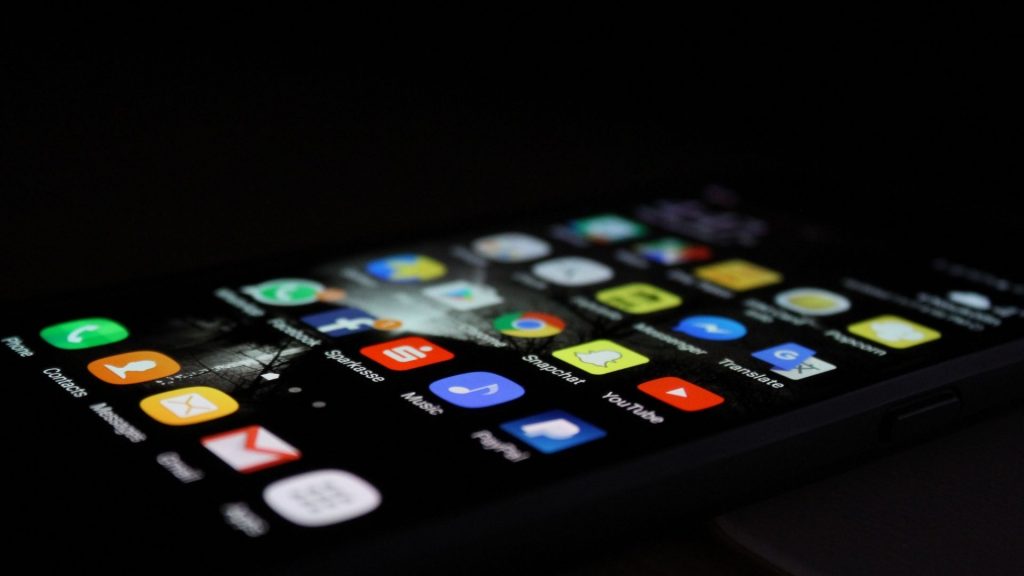There are two certainties when it comes to marketing today. The first is that social media is probably the most crucial avenue for advertising. The second is the impact and reach of influencers in modern society. Brands have increasingly started collaborating with influencers to reach their target audiences.
However, opting for influencer marketing isn’t enough. Influencer marketing has almost become a science that needs planning and precision with competition for eyeballs on social media. In this blog, we’ll look at what goes into picking the right platform for a brand’s influencer campaign.
Is The Right Platform Necessarily Important?
One key aspect of planning an influencer marketing campaign is deciding which platform to run the campaign on. Influencers have different audiences on different platforms based on how they consume content. It is also necessary to consider audience overlap. This helps improve the overall efficiency of the campaign.
An ad that works as a 15-second TikTok video won’t necessarily provide the same reach and engagement as a tweet or a long-form YouTube video. Hence, marketers need to research large amounts of data to analyze the online behavior patterns of influencers and audiences on different online platforms.

Recent Trends
Instagram is where the culture of influence was born! Even today, almost every successful influencer in the world is most active on Instagram. With its visual-only interface and constant innovation through reels, IGTV, stories, and shoppable posts, the platform is a no-brainer for brands.
A recent survey by Mediakix suggests that 90% of marketers believe it’s the most impactful. That doesn’t mean it works for everyone. Even YouTube, TikTok, Twitter, and Facebook have their own USPs. Brands need to experiment, diversify, and optimize their campaigns accordingly.
Factors To Consider For A Social Media Campaign
The first thought a marketer is most likely to have is to be present on all platforms. It’s tempting and almost seems obvious. Cast the widest net possible, and the fish will come. This, however, is neither practical nor efficient. Over time, the brand’s ROI will be unfeasible.
It is necessary to invest wisely based on the merits of every individual platform. This is never a one-size-fits-all solution and varies for every brand based on multiple parameters. For this blog, we will be evaluating the upside of different platforms based on three key factors:
- The demographics of the platform’s audience and whether they align with the brand.
- The type of content and different formats that the brand can leverage on the platform
- The cost of the influencer and the campaign budget.
Let’s take a deep dive into each of these three factors.

Audience Demographics
With a younger audience in the 18-34 range, Instagram’s Gen-Z and millennial user-base is ideal for a brand targeting a younger demographic. Instagram is also one of the few platforms where female users narrowly outnumber male users. The income range is mid-to high-level, with a survey showing that around half the US population making more than $75000 annually use Instagram.
YouTube
Due to its popularity, YouTube is viewed by a broader range of demographics. The majority belongs to the 18-34 age range, but the number of 35+ and 55+ users on the platform steadily increases. YouTube has a gender split of 1:1 with a difference in the type of content consumed. Male viewers dominate categories like sports, gaming, and fitness, and female viewers predominantly engage with beauty, skincare, and weight loss content.
Facebook has, by far, the largest active user base of all social media platforms. This is why Facebook is almost always a part of brands’ influencer campaigns. While all age groups are represented on the platform, the ones who engage with ads the most are in the 25-39 age range; younger audiences are also increasingly migrating to other platforms, giving brands a clear path to older demographics here due to higher incomes.
Twitter has the smallest audience base among the other platforms mentioned here, but the present is highly active. While millennials dominate the traffic on Twitter, there are way more male users than females.

Content Formats
In terms of content formats, Instagram has the most diverse range of offerings. Each of these can be optimized to serve a different purpose in a marketing campaign. Posts can visually present products and a story to appeal to the audience, and hashtags can allow the content to be discovered easily. Stories, IGTV, and Reels enable the brand to present real-time content with quality rather than quantity. The icing on the cake is the shoppable feature that allows brands to have a de-facto e-commerce platform on Instagram.
YouTube
The long-form video content makes YouTube ideal for narrating engaging and authentic stories. This lets brands go beyond regular ads with long-form tutorials, reviews, and vlogs — and these features make YouTube the perfect platform to convert users from the consideration phase to the purchase phase.
Facebook has been forced to innovate with its formats recently to keep up with other platforms. It now offers Stories, Facebook Watch, and FB Live, encouraging brands to engage in real-time content here as well. The biggest USP of Facebook is the community building that is possible.
Twitter allows brands to go away from their regular formats and tell a story in 280 characters. This does take away from the context of influencer content a bit. The sense of immediacy with Twitter makes it great to promote events, virtual or otherwise, with relevant hashtags for more reach and better discoverability.

Pricing
The standard rate on Instagram is $10 per post for an influencer, per 1,000 followers. This goes up exponentially with $100 per post for 10,000 followers and $1,000 per post for 100,000 followers! For performance-based campaigns, influencers could charge $250-750 per 1,000 engagements.
YouTube
While this could vary based on the audience base, the standard YouTube rate is $20 for a video per 1,000 subscribers. For performance-based campaigns, YouTube content creators charge anywhere between $50-100 for every 1,000 views.
Influencers here are known to charge a flat rate of $25 per post for 1,000 followers. The rate per post depends on the type of content as well. Influencers may charge a higher rate for video posts as compared to static posts.
As per most reports, influencers charge less for a tweet than other content formats, making Twitter ideal for a cost-effective campaign. A tweet could cost $2 for an influencer with 1,000 followers. One thing to remember is that while it might be cheaper, Twitter focuses on real-time content. This means brands need to invest in volume, with quantity being the main focus here.

Choosing The Right Social Channels For Your Business
Instagram is ideal for brands targeting mid- to high-income female millennials.
Pro-tip: Instagram works on hype and brands need to stay on top of their mentions, DMs, and comments.
YouTube
YouTube is a fantastic platform for brands to connect with audiences who are huge fans of the influencer and eager to consume their long-form content.
Facebook should be used by brands targeting higher-income, older demographics whom their peers easily influence.
Brands need to use Twitter to target millennial male demographics through influencer campaigns.

Social media is constantly evolving, and so are users’ content consumption patterns. Brands need to stay on top of trends and analyze sufficient data to make informed decisions about their influencer campaigns. Though objectively, any platform could be used to share branded content, implementing insights from this blog will give brands the best chance to grow efficiently with a high ROI.
If you need to connect with influencers to help you grow, consider using AtisfyReach’s services.
AtisfyReach is redefining the influencer marketing space by offering AI-driven search solutions and automating matchmaking. Trust us; your business is in safe hands with our team because your success is our goal!
Register your interest today!





